Inside The Elite World of Japan’s Top Sushi Chefs
Master Japanese “shokunin” are taking sushi to a lofty new level.
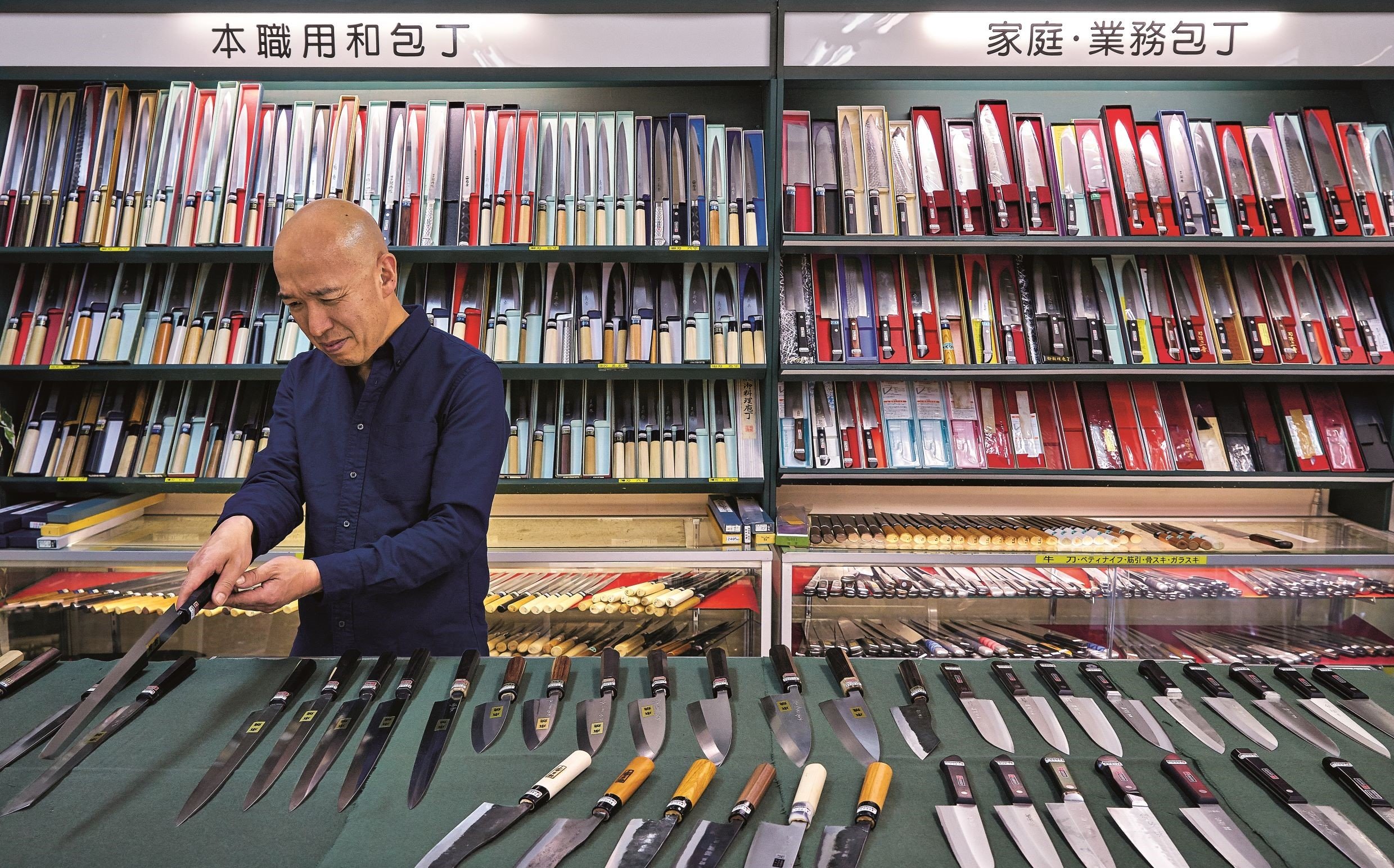
Sushi is at the heart of Japanese culture. So, too, are the 20 masters portrayed in Sushi Shokunin: Japan’s Culinary Masters my new book being published this month by Assouline. There is no single English word that adequately conveys the meaning of shokunin; while it is typically translated as “craftsman” or “artisan,” these definitions fail to express the magnitude and breadth of the Japanese term.
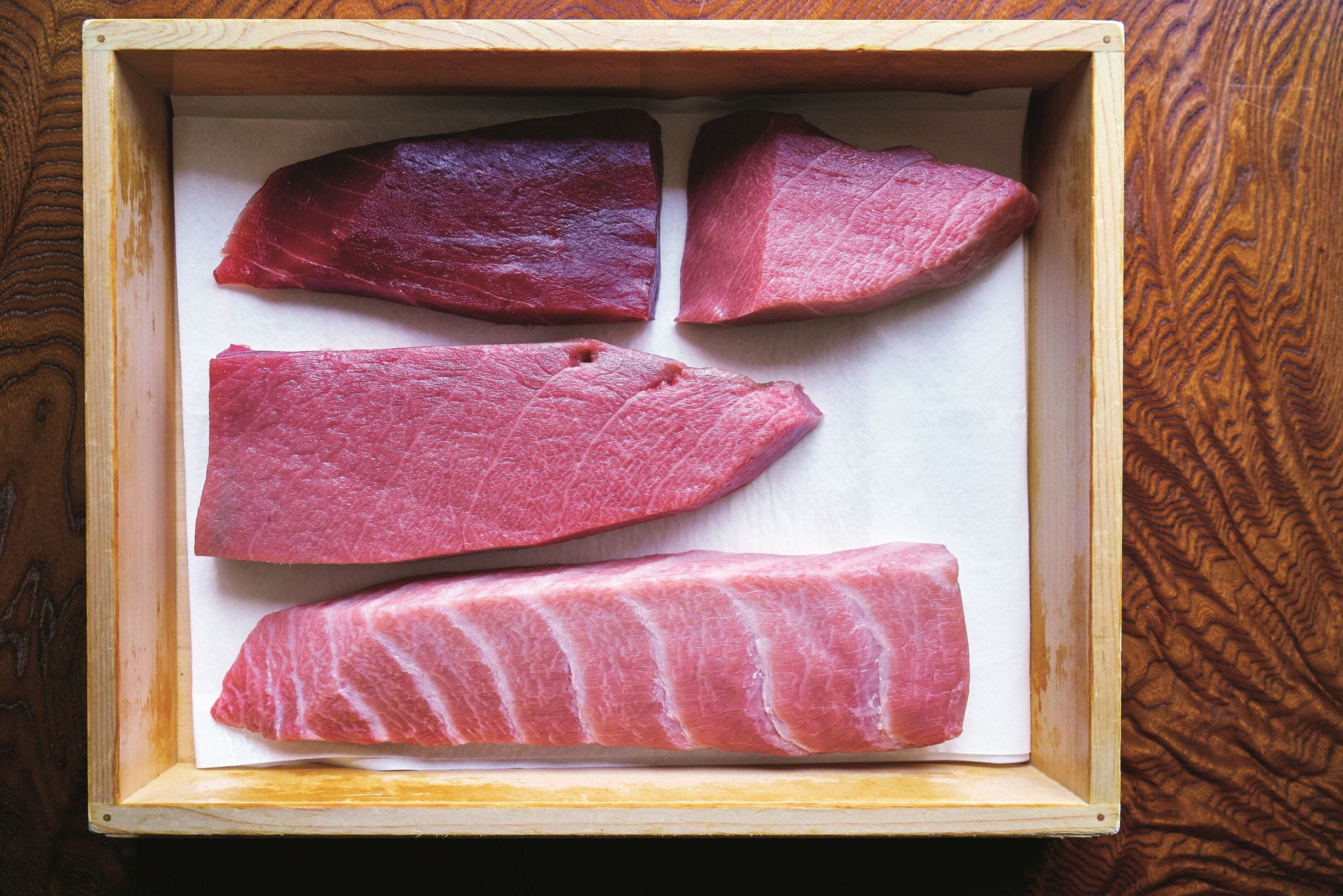
Inherent in a more exacting translation, “master craftsman,” is a glimmer of the more expansive nature of true shokunin: concurrently, they are altruistic leaders, teachers, and artists of tremendous spirit and skill, who strive for excellence not only for themselves, but also for the benefit of others—their families, apprentices, customers, communities and regions.
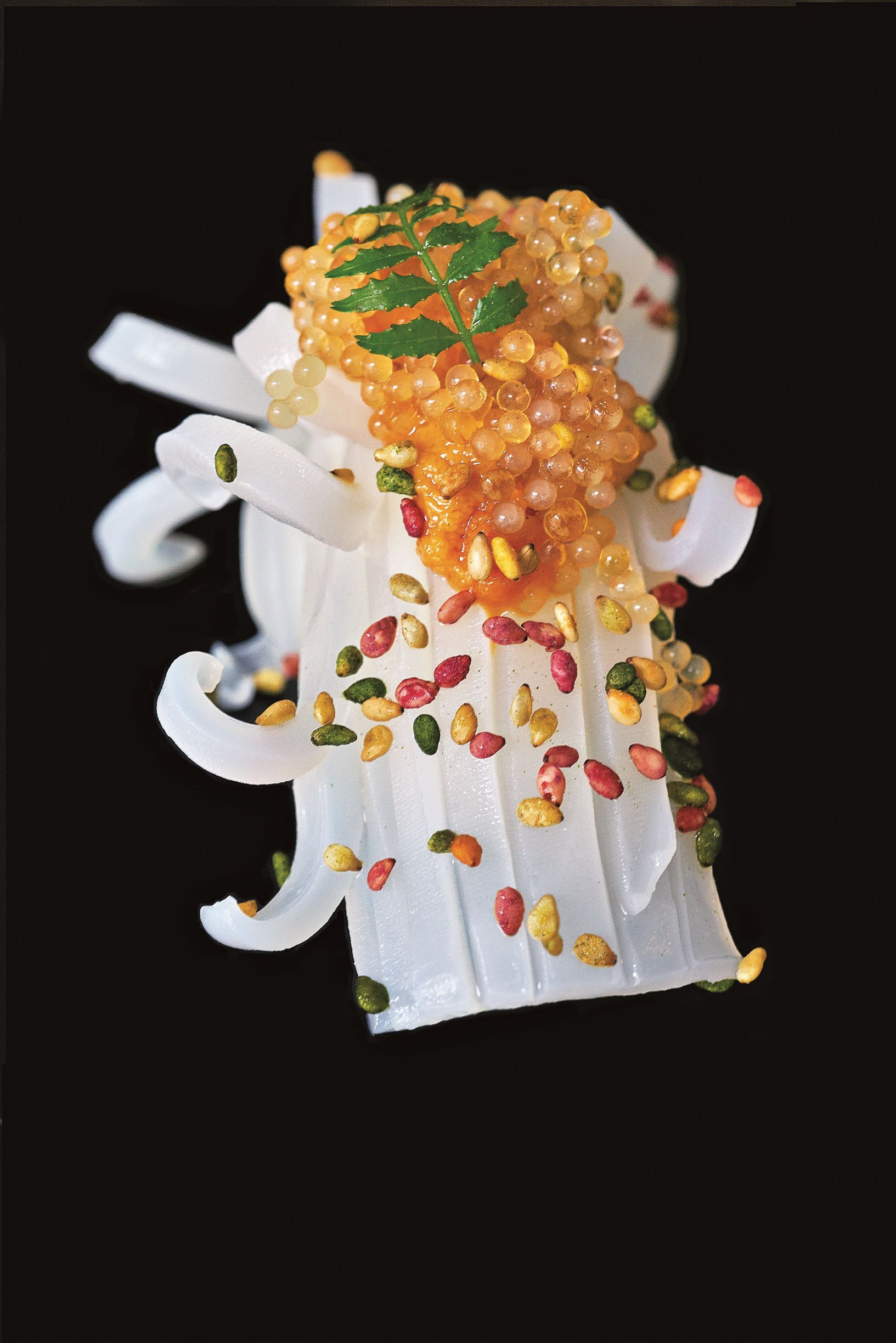
This dedication to a lifelong pursuit of the highest level of mastery— spurred by an unwavering desire to constantly improve—affords all types of shokunin a respected and integral role in Japanese society, where the fruits of their discipline and talent have been enjoyed for centuries.

Sushi shokunin are particularly noteworthy examples of this way of being. Through the daily preparation of sushi, these master craftsmen express their individual identities and their passionate reverence for Japan’s singular, bountiful terroir. Wisdom and tradition, passed down from the generations of shokunin who have preceded them, have instilled in these men an unwavering faith in repetition and ritual, a rigorous attention to detail, and an often-palpable sense of gratitude. Particularly poignant is the shokunin’s humble devotion to pure, wholehearted omotenashi (Japanese hospitality), unmatched anywhere in the world.
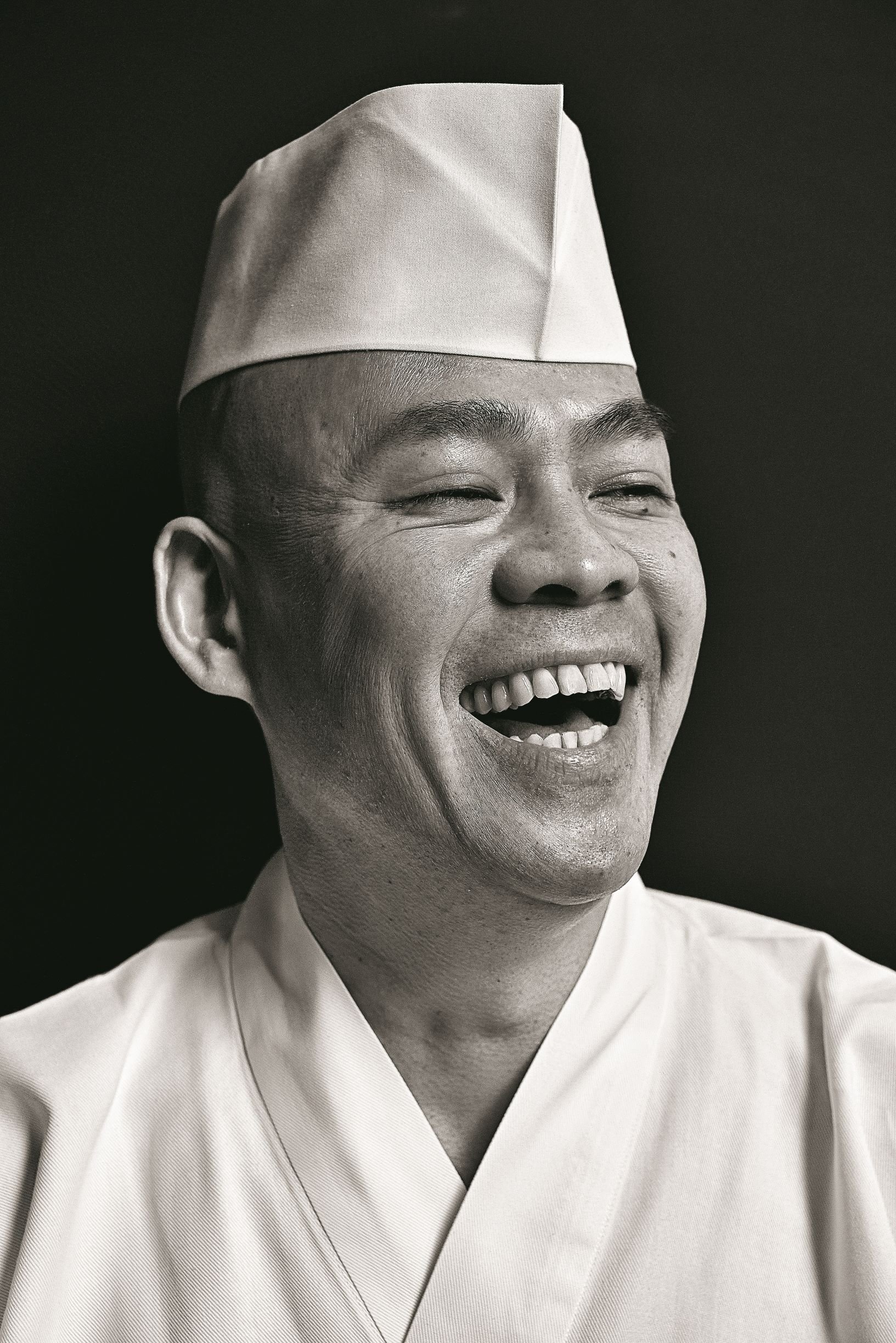
If art is defined as “the expression of what is beautiful, appealing, or of more than ordinary significance,” then fine sushi lies within this realm. The reason I revel in the sushi world is the same reason I listen to moving music, view sculpture and paintings, or watch stunning films again and again—to enter the sublime, poetic state that is the byproduct of powerful art, in which all feeling is exponentially more impactful and effusive.
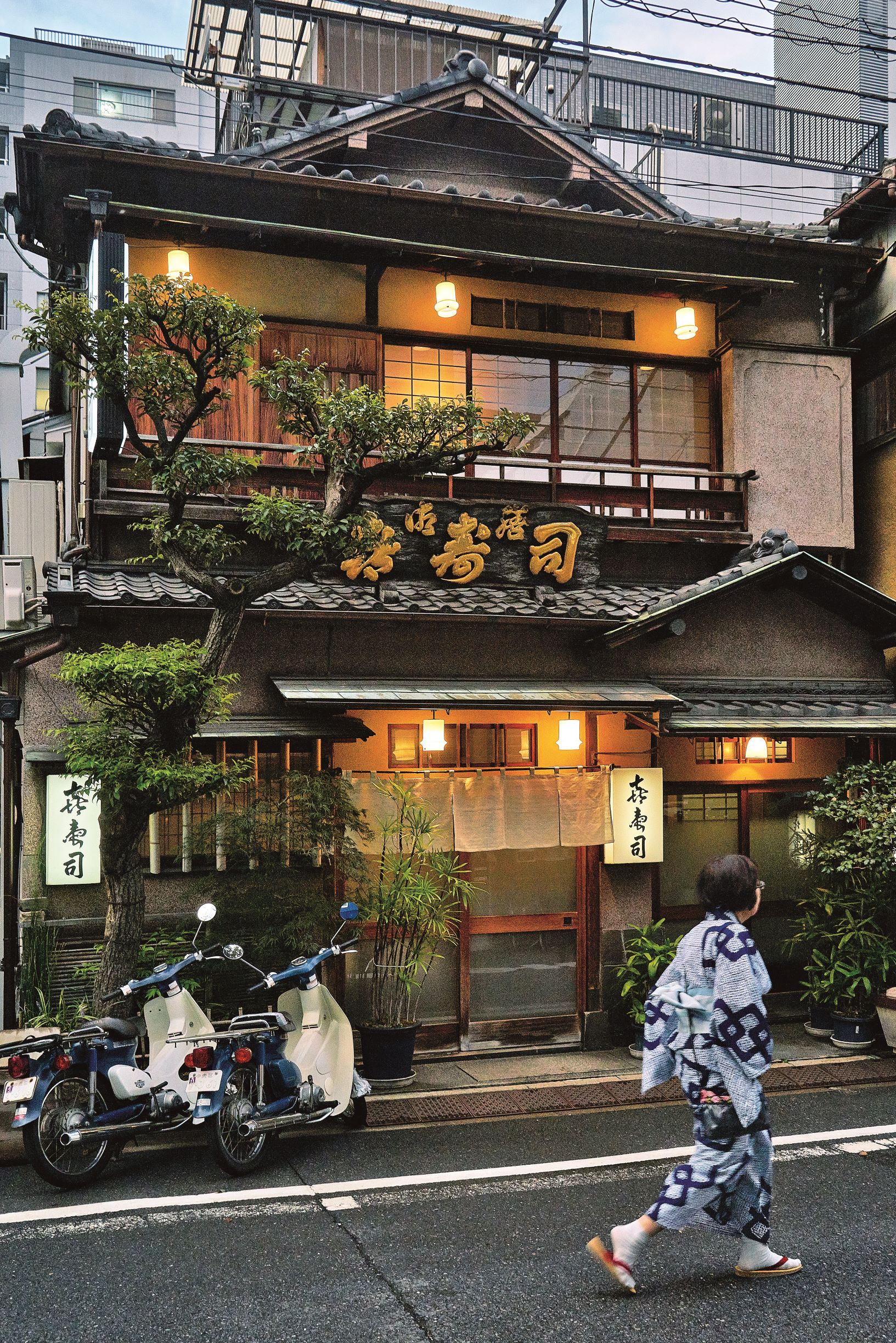
At these sushiya (sushi restaurants), lifetimes of hard work and the aspiration of perfection are on full display, together with numerous aspects of Japanese culture— history, nature, agriculture, politics, religion, design, science and art itself—that converge into an unparalleled and powerful dining experience. This is where art—and even poetry—reside.
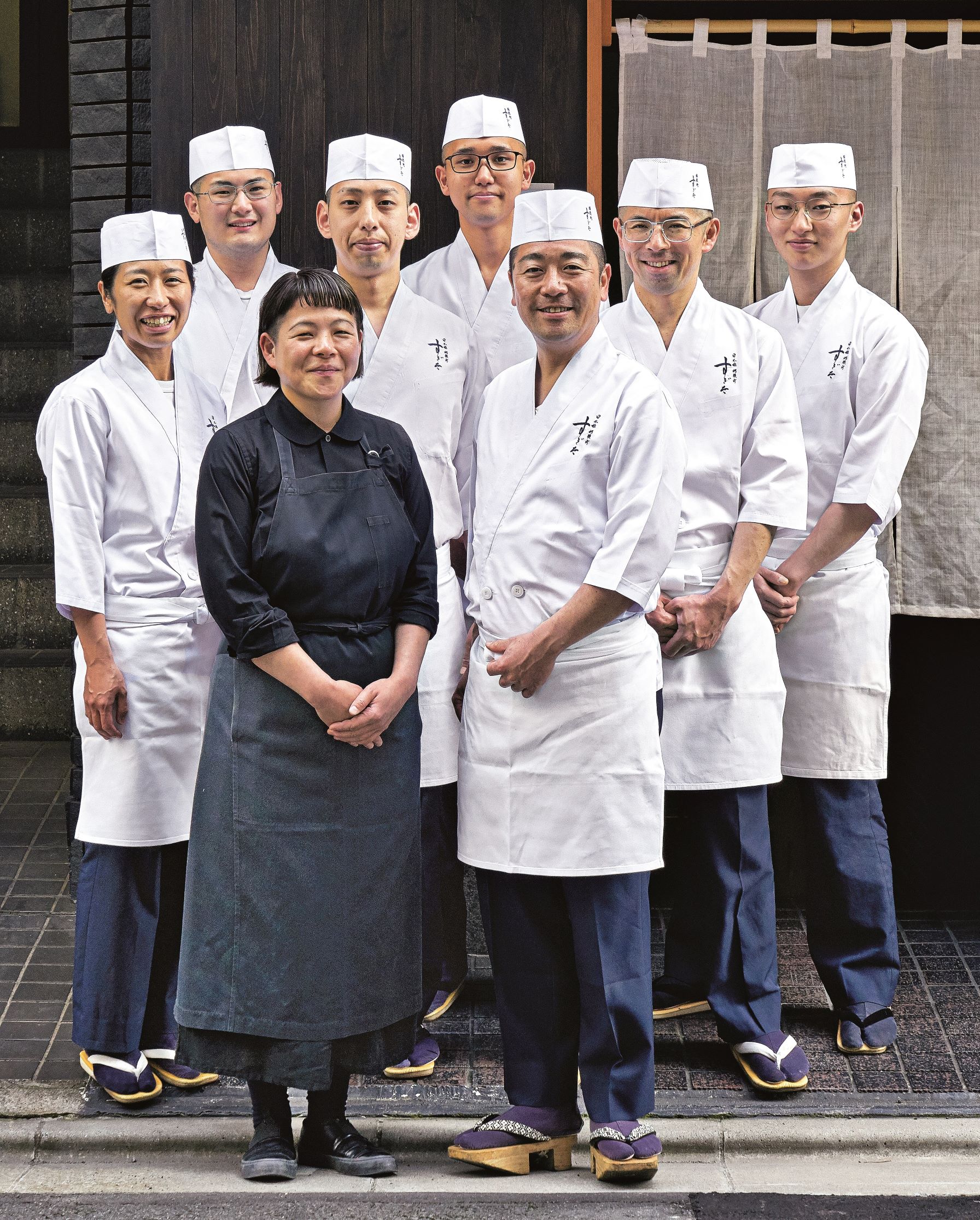
Despite contrasting personalities, these 20 proud shokunin are inextricably linked by a comparable will and outlook—a mentality that enraptures and inspires. In pursuing their ikigai, or reason for being, each and every one of these master craftsmen has taught me more about sushi and life itself than I could have anticipated; each was more engaging and frank in our conversations than I could have hoped.

My book is a testament to the shokunin who devote their lives to sushi, and to their remarkable ability to capture my soul over and over again with their exquisite, edible art.
Adapted from Sushi Shokunin by Andrea Fazzari, published by Assouline. This article originally appeared in the Sept/Oct 2020 issue of Maxim
